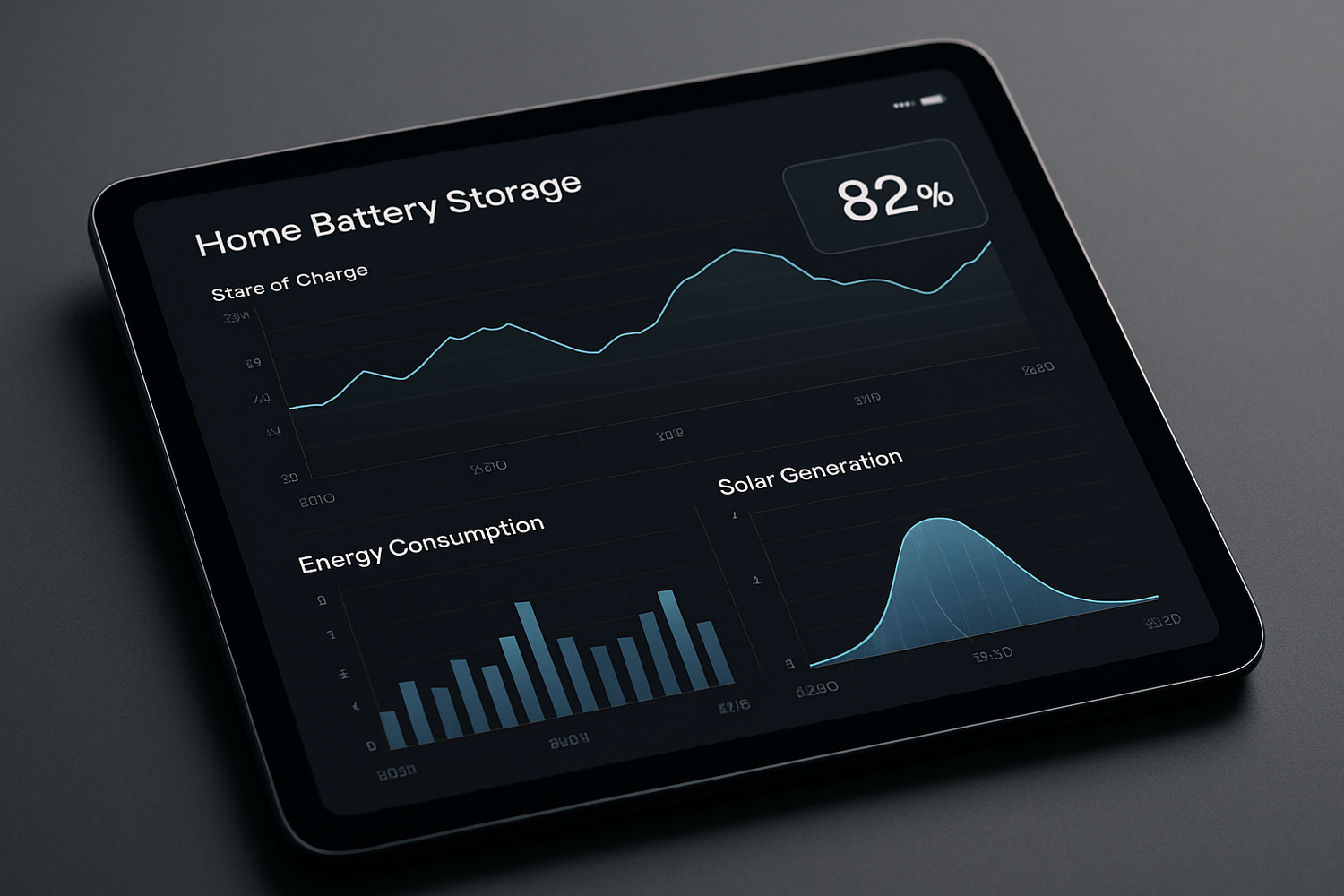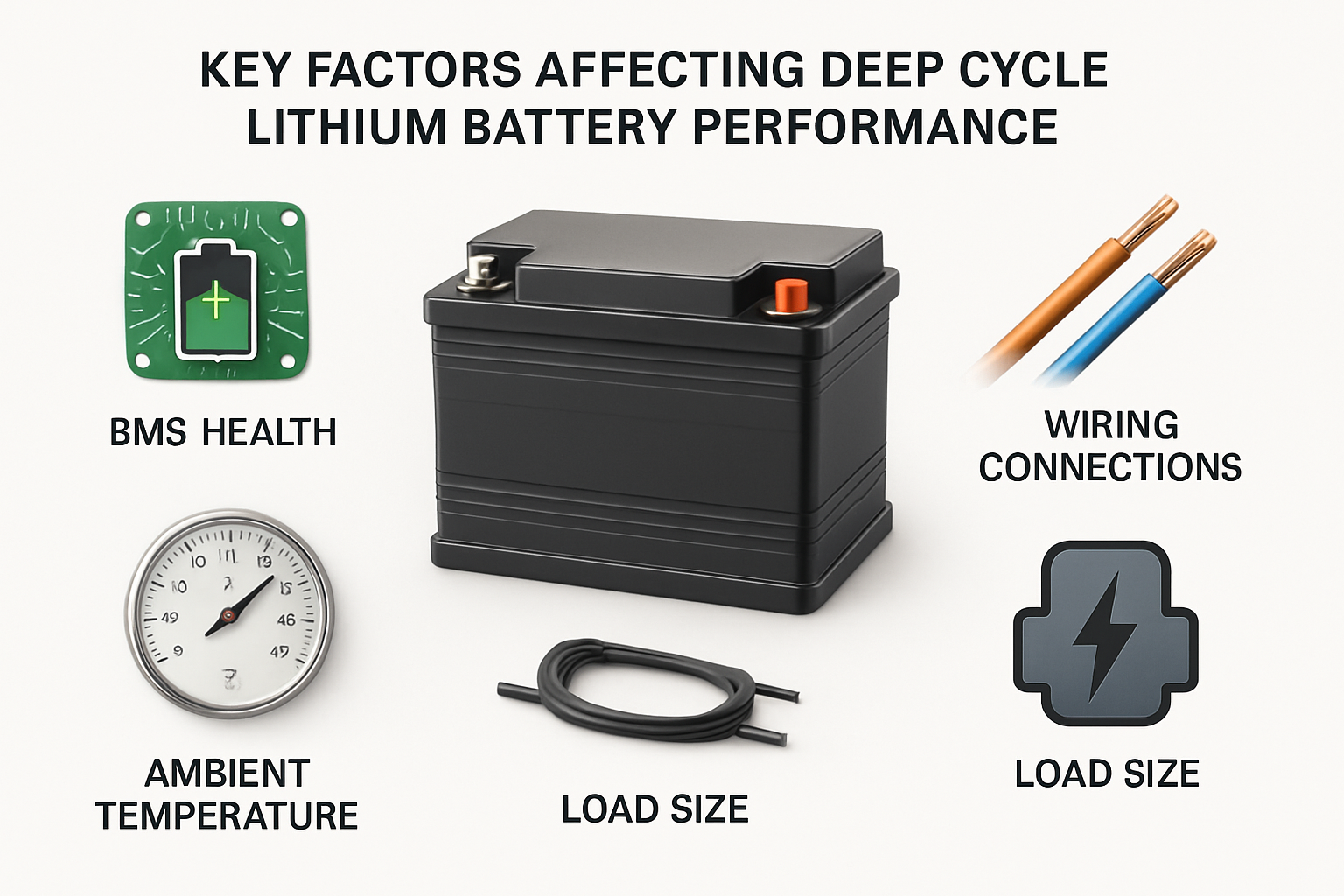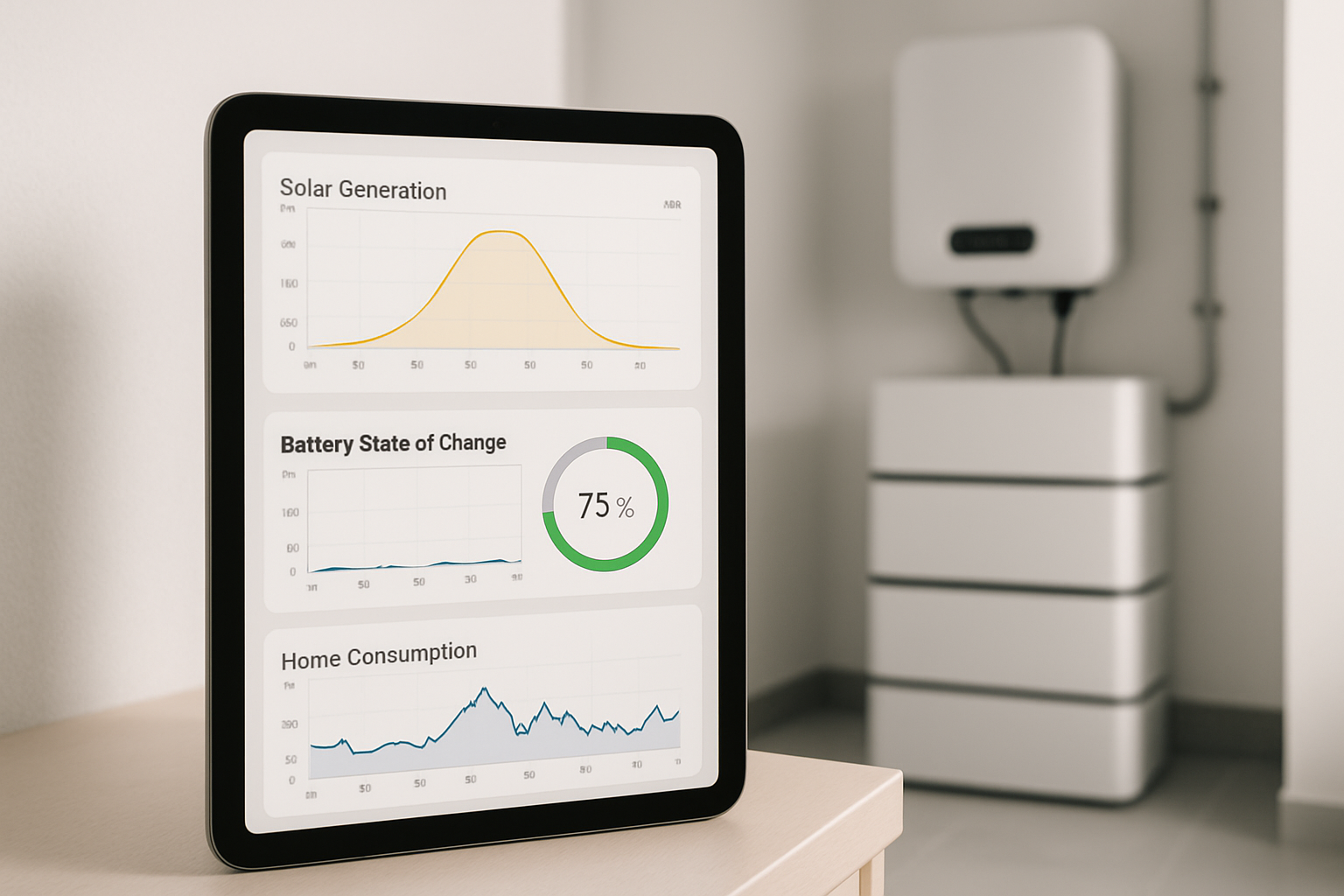Managing a lithium battery storage system without accurate data is like navigating without a compass. You might be heading in the right direction, but you lack the precision needed for optimal performance and longevity. Vague estimations can lead to premature battery degradation, unexpected shutdowns, and a lower return on your energy investment. The key to unlocking your system's full potential lies in using the right tools to gather precise, actionable data.
This text moves beyond basic metrics to explore the specific hardware and software that form the backbone of a robust monitoring strategy. You will learn about the essential components that capture raw data and the platforms that translate it into meaningful insights. With the right setup, you can ensure the health of your hybrid energy storage system, extend its lifespan, and maximize its efficiency.
The Foundation of Accuracy: Hardware Monitoring Tools
Accurate data begins with high-quality hardware. The components within your hybrid system are the primary sources of information, and their quality directly impacts the reliability of your monitoring. Without a solid hardware foundation, even the most advanced software will be working with flawed inputs.
The Role of the Battery Management System (BMS)
The Battery Management System (BMS) is the brain of your lithium iron phosphate battery. It serves as the first line of data collection and protection. A BMS continuously monitors critical parameters such as individual cell voltage, temperature, and current. Its primary function is to protect the battery by preventing overcharging, over-discharging, and extreme temperatures. While essential for safety, the data it provides, particularly State of Charge (SoC), is often an estimate based on voltage, which can fluctuate under load. For true accuracy, it needs to be paired with other tools.
External Shunts and Sensors
To achieve high-precision current measurement, an external battery shunt is invaluable. A shunt is a device that measures the exact amount of current flowing into and out of your battery pack. Unlike a BMS that often estimates, a shunt provides real-world amperage data. This allows for a much more accurate calculation of SoC through a method called coulomb counting. By precisely tracking energy flow, you get a true picture of your battery's status, eliminating the guesswork associated with voltage-based readings.
Hybrid Inverter Data Logging
Modern solar inverters, especially hybrid models, function as the central command center for your entire energy storage solution. They don't just convert DC to AC power; they also aggregate data from your solar panels, the grid, and your lithium battery storage. The inverter logs this information, providing a system-wide overview of energy production, consumption, and storage. This integrated perspective is crucial for understanding how all the components of your home battery storage system work together.
Translating Data into Insights: Software and Platforms
Raw data from your hardware is useful, but its true power is unlocked when it's processed, organized, and visualized by software. The right platform can transform streams of numbers into clear, actionable insights that empower you to make informed decisions about your energy usage.
Manufacturer-Specific Monitoring Apps
Most high-quality inverters and battery systems are bundled with proprietary monitoring applications. These apps are typically user-friendly and offer a convenient way to view your system's performance in real-time. They often display key information like solar yield, battery SoC, and household consumption on an intuitive dashboard. While convenient, they may be limited to the manufacturer's ecosystem and might not integrate with other smart home devices.
Third-Party Aggregation Platforms
For a more holistic view, third-party aggregation platforms can pull data from various sources—your hybrid inverter, dedicated battery monitors, and even smart home appliances. These platforms offer advanced analytics and customization, allowing you to build comprehensive dashboards. They are particularly useful for users who want to correlate their energy data with other variables or who have components from multiple manufacturers. This level of integration provides a complete picture of your energy ecosystem.
The Power of Data Visualization
Effective software uses graphs, charts, and historical logs to visualize your system's performance over time. This visual representation makes it easy to spot trends, identify inefficiencies, and diagnose potential issues. For example, a graph showing a gradual decline in your battery's capacity to hold a charge can be an early indicator of health degradation, prompting a closer look before a serious problem develops.
Key Performance Indicators You Must Track
With accurate tools in place, you can confidently track the metrics that truly matter for the health and performance of your lithium battery. These indicators go far beyond a simple charge percentage and provide a deep understanding of your system's condition.
Beyond State of Charge (SoC)
While SoC is a vital real-time metric, long-term health is assessed through other indicators. State of Health (SoH) provides an estimate of the battery's remaining capacity compared to its original state. Depth of Discharge (DoD) indicates how much of the battery's capacity is used in each cycle, a key factor influencing its lifespan. Consistently limiting DoD can significantly extend the number of cycles your battery can perform.
Efficiency Metrics: Round-Trip Efficiency
Round-trip efficiency measures the energy you get out of a battery relative to the energy you put in. It accounts for energy lost during charging and discharging. A healthy LiFePO4 battery can have a round-trip efficiency of over 95%. Tracking this metric is crucial; a consistent drop can signal internal resistance issues or other forms of degradation. A comprehensive understanding of these metrics is vital, as detailed in this ultimate reference for solar storage performance.
Cell-Level Diagnostics
For advanced system management, monitoring individual cell voltages is critical. A well-balanced battery pack will have cells with nearly identical voltages. A significant deviation, known as cell imbalance, is an early warning sign of potential issues that could impact the entire pack's performance and safety. Advanced monitoring tools can display this cell-level data, enabling proactive maintenance.
Leveraging Accurate Data for System Optimization
The ultimate goal of collecting accurate data is to use it to optimize your system's operation, extend its life, and validate your financial investment. Data-driven decisions replace assumptions with certainty.
Optimizing Charge and Discharge Cycles
With precise data, you can implement smart charging strategies. For instance, you can configure your system to avoid discharging your 12V 100Ah LiFePO4 battery below 20% SoC, which helps prolong its cycle life. You can also align charging schedules with peak solar production or off-peak electricity rates to minimize costs. According to a report by the International Renewable Energy Agency (IRENA), batteries add significant value to renewable energy systems by shifting electricity from times of high generation to periods of high demand. This capability, highlighted in their Renewable Power Generation Costs in 2024 report, is best managed with accurate data.
Predictive Maintenance and ROI Validation
Historical performance data allows you to establish a baseline for your system's health. Deviations from this baseline can predict potential failures. For example, a sudden drop in efficiency or an increase in cell imbalance can trigger an alert for maintenance. Furthermore, accurate data on energy production and consumption allows you to calculate the precise financial savings and payback period of your solar energy storage system. The International Energy Agency (IEA) notes in The Role of Critical Minerals in Clean Energy Transitions that the growth of battery storage depends on effective regulation and market access, making it crucial for owners to validate their system's economic performance.
| Monitoring Approach | Key Tools | Estimated Lifespan Impact | Efficiency Insight |
|---|---|---|---|
| Basic Monitoring | BMS Only | Standard | Basic (Voltage-based SoC) |
| Accurate Monitoring | BMS, External Shunt, Hybrid Inverter | Potentially 20-30% Longer | High (Coulomb counting, RTE) |
Disclaimer: This table provides illustrative estimates. Actual performance depends on specific components, usage patterns, and environmental conditions.
Moving from Estimation to Certainty
Investing in a lithium battery storage system is a significant step toward energy independence. To protect that investment, you must move beyond guesswork. Employing the right combination of hardware—like a high-quality BMS and an external shunt—and leveraging capable software platforms provides the accurate data needed for true system optimization. This data-driven approach not only helps extend the lifespan of your equipment but also maximizes your system's performance and financial returns. By understanding and acting on precise insights, you take full control of your energy future.
Frequently Asked Questions
What is the most critical tool for monitoring a lithium battery?
The Battery Management System (BMS) is the most fundamental tool, as it directly monitors and protects the battery's cells. However, for the most accurate system-wide data, a combination of a high-quality BMS, an external current shunt, and a data-logging hybrid inverter is recommended.
How can I tell if my battery data is inaccurate?
Common signs include a State of Charge (SoC) that jumps suddenly, a mismatch between expected and actual performance, or discrepancies between what your inverter reports and what a dedicated battery monitor shows. For instance, if the system shuts down unexpectedly while the monitor still shows 20% charge, your SoC reading is likely inaccurate.
Do I need expensive software for accurate monitoring?
Not necessarily. Many high-quality hybrid inverters and battery systems come with powerful, free monitoring applications. The key is to ensure the underlying hardware (like shunts and sensors) is capable of collecting precise data. Advanced third-party platforms may offer more features but are not always required for accurate basic monitoring.





Leave a comment
All comments are moderated before being published.
This site is protected by hCaptcha and the hCaptcha Privacy Policy and Terms of Service apply.